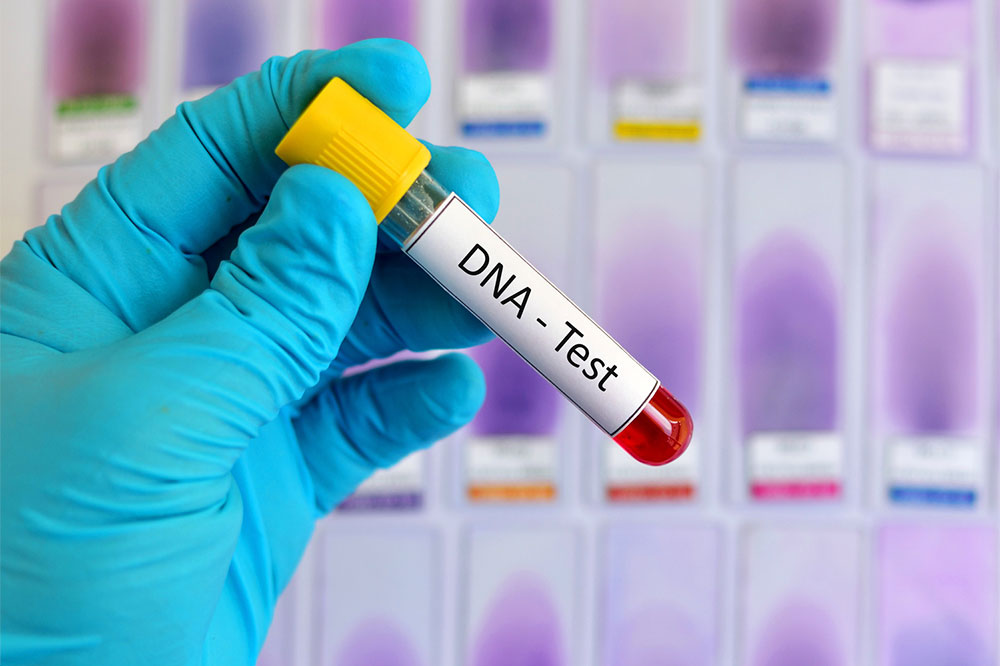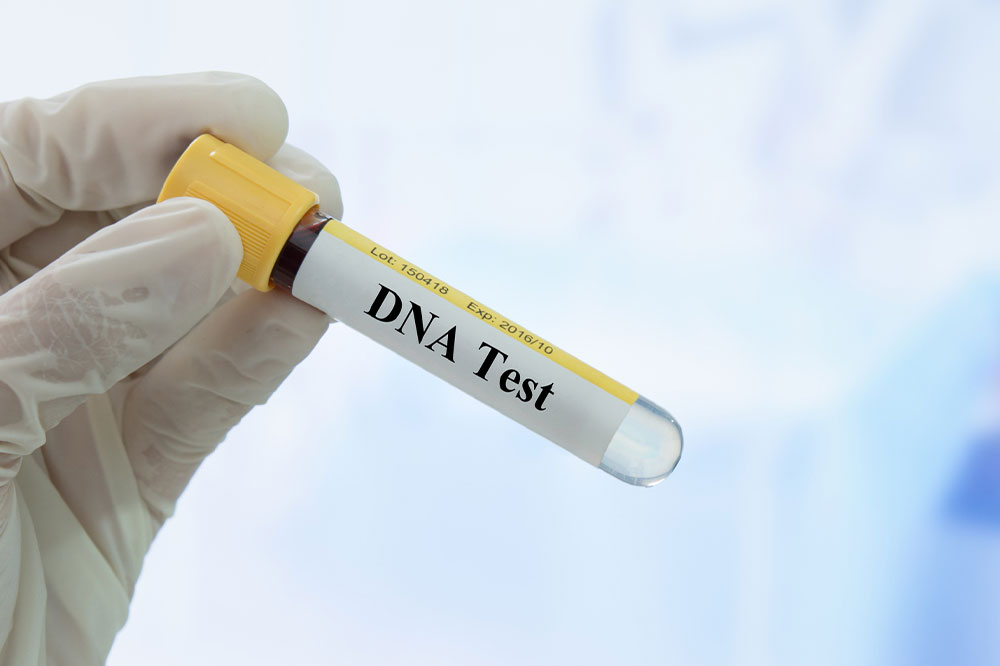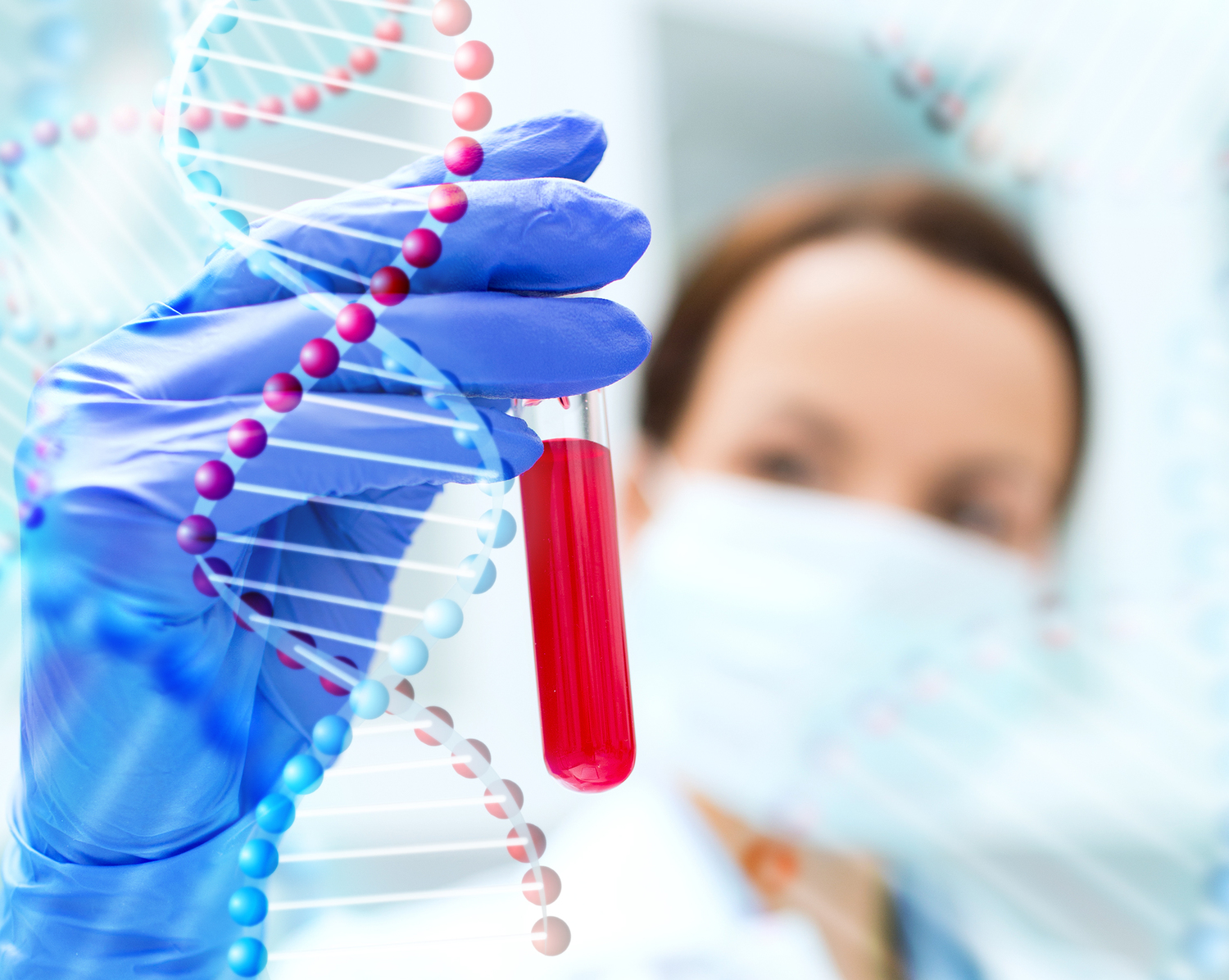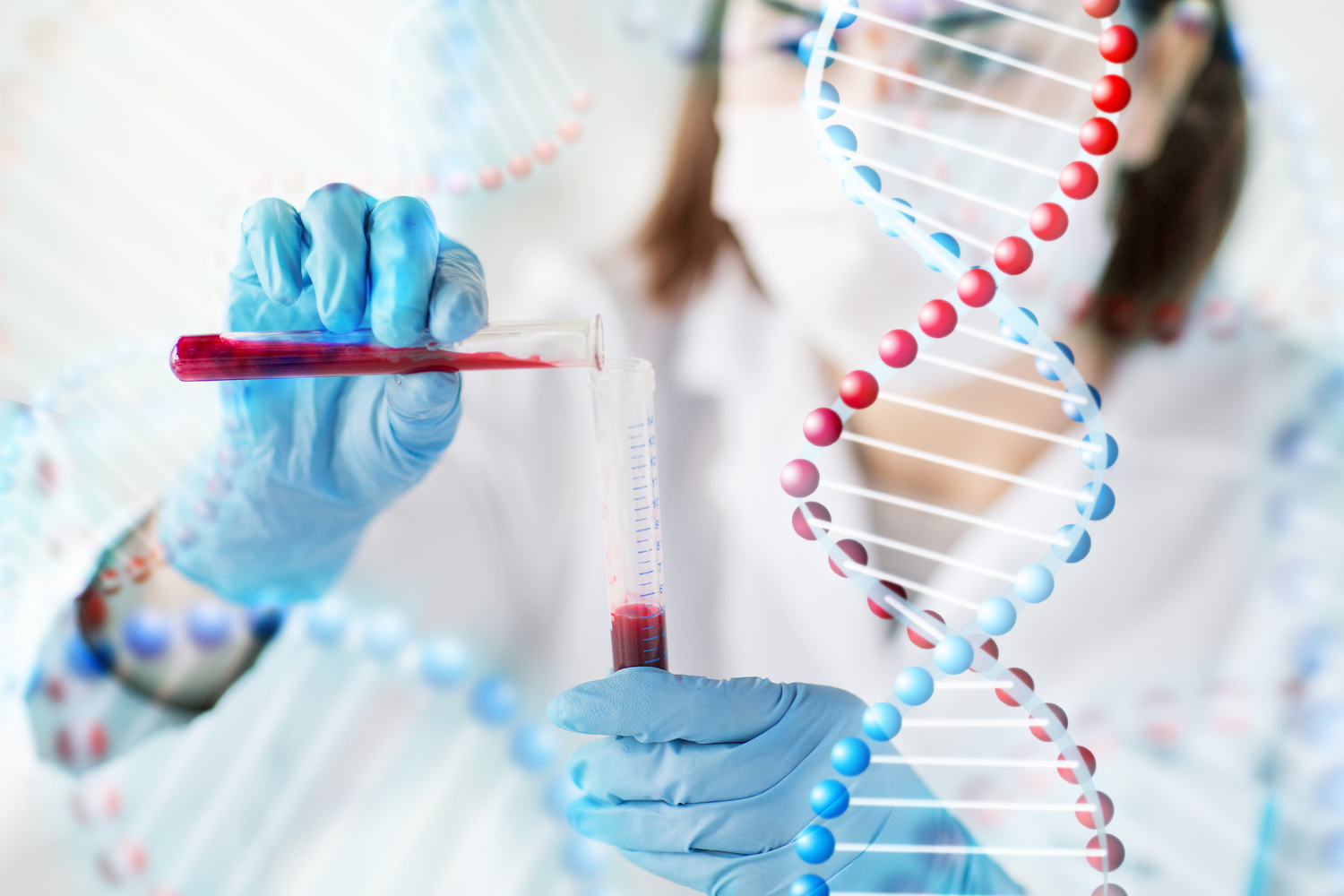Comparing Living DNA and MyHeritage: Key Differences and Features
This article compares Living DNA and MyHeritage, highlighting their testing kits, features, privacy policies, mobile app support, and pricing. Both services provide accurate DNA analysis, with differences in family matching and ethnicity testing. Understanding these factors helps users choose the best fit for exploring ancestry or health insights.

Genetic testing has become increasingly popular for various reasons: discovering relatives, exploring ancestral origins, or gaining health insights. Leading DNA testing services include Vitagene, Orig3n, GPSOrigins, 23andMe, Ancestry®, Living DNA, and MyHeritage. Not all services offer identical features, but Living DNA and MyHeritage stand out for their comprehensive offerings. Both provide simple home saliva collection kits, with results accessible online within 4-8 weeks. While Living DNA offers detailed family matching and ancestry reports extending up to 13 generations, MyHeritage emphasizes ethnicity analysis and mobile app functionality. Data privacy is prioritized by both companies, ensuring user control over personal information. Pricing varies, with Living DNA costing approximately $100 and MyHeritage around $80, with additional fees for extended family tree services. Overall, both platforms provide reliable DNA analysis options, with MyHeritage offering extra mobile support, making either a strong choice depending on your needs.








